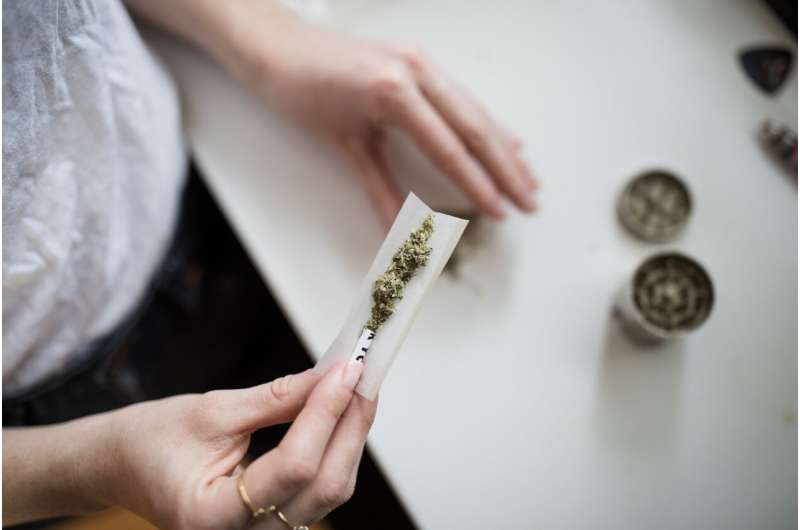Stress Is the Main Factor Behind Riskier Cannabis Use in Sexually Diverse Youth, New Research Shows

Cannabis remains a highly debated substance, facing polarized opinions and evolving legal and social landscapes. Historically, restrictive laws, often enacted with little scientific backing, classified cannabis as illegal, while today, many promote its potential wellness benefits—although robust scientific evidence is still emerging.
For young adults aged 20 to 24, the discussion about cannabis use is particularly relevant, as approximately one in three report having used cannabis in the past year. This raises important questions: what are the risks associated with cannabis use in this age group? Recent research provides valuable insights. A new study examined patterns of cannabis consumption among young adults and identified factors that heighten the risk of developing problems linked to use.
While cannabis use doesn't uniformly lead to issues, about 5% of users in Canada are at risk of addiction and other harms. The key difference lies in usage patterns and underlying motivations. Factors such as frequency of use, social context (using alone or with others), amount consumed per session, and reasons for use—whether to cope with negative emotions, enhance pleasure, or seek new experiences—play significant roles.
Certain behaviors, such as indefinite use, frequent consumption, high dose sessions, and using as a coping mechanism, are linked to increased problems. These findings are consistent with prior research emphasizing the importance of use frequency, coping motives, and solitary use in susceptibility to problematic use.
Particularly, sexually diverse youth—including those identifying as lesbian, gay, bisexual, or queer—are more likely to use cannabis and to develop related issues. The recent study revealed that they are three times more likely than heterosexual peers to engage in riskier consumption patterns. Importantly, this disparity appears to be driven not by inherent differences but by elevated stress levels faced by these groups.
While higher rates of depression and anxiety—conditions connected to cannabis use—were observed among sexually diverse youth, stress emerged as the primary factor predicting risky use, even after accounting for mental health conditions. This aligns with the concept of "minority stress," which describes the unique stressors experienced by marginalized groups due to societal discrimination, stigma, and internalized negative messages.
Research indicates that general life stressors—such as feeling out of control or overwhelmed by unforeseen events—are critical in understanding substance use behaviors in these populations. The increasing sociopolitical hostility and anti-LGBTQ+ sentiments in countries like the U.S. and Canada exacerbate these stressors, potentially leading to higher reliance on cannabis as a coping strategy.
The findings underscore the importance of providing accessible and affirming mental health support for sexually diverse youth. Effective harm reduction approaches include minimizing frequency of use, promoting social use over solitary consumption, reducing dose sizes, and offering alternative coping strategies. Addressing social and psychological stressors through supportive services could significantly decrease the reliance on cannabis for stress relief.
In conclusion, tackling disparities in cannabis-related problems among young people, especially sexually diverse youth, requires comprehensive mental health support systems. As cannabis use becomes increasingly normalized, understanding the influence of stress and social factors is essential to prevent problematic consumption and promote overall well-being.
Stay Updated with Mia's Feed
Get the latest health & wellness insights delivered straight to your inbox.
Related Articles
Moderate Weekend Sleep Helps Reduce Anxiety in Teens
A new study reveals that getting up to two hours of extra sleep on weekends compared to weekdays can lower anxiety symptoms in teenagers, highlighting the importance of balanced sleep patterns for mental health.
Addressing Underdiagnosis of PTSD in Autistic Individuals: New Insights and Call for Inclusive Diagnostic Practices
New research reveals that PTSD is frequently overlooked in autistic individuals due to diagnostic overshadowing and limitations in current assessment tools. Experts call for autism-sensitive diagnosis methods to ensure accurate identification and support.



